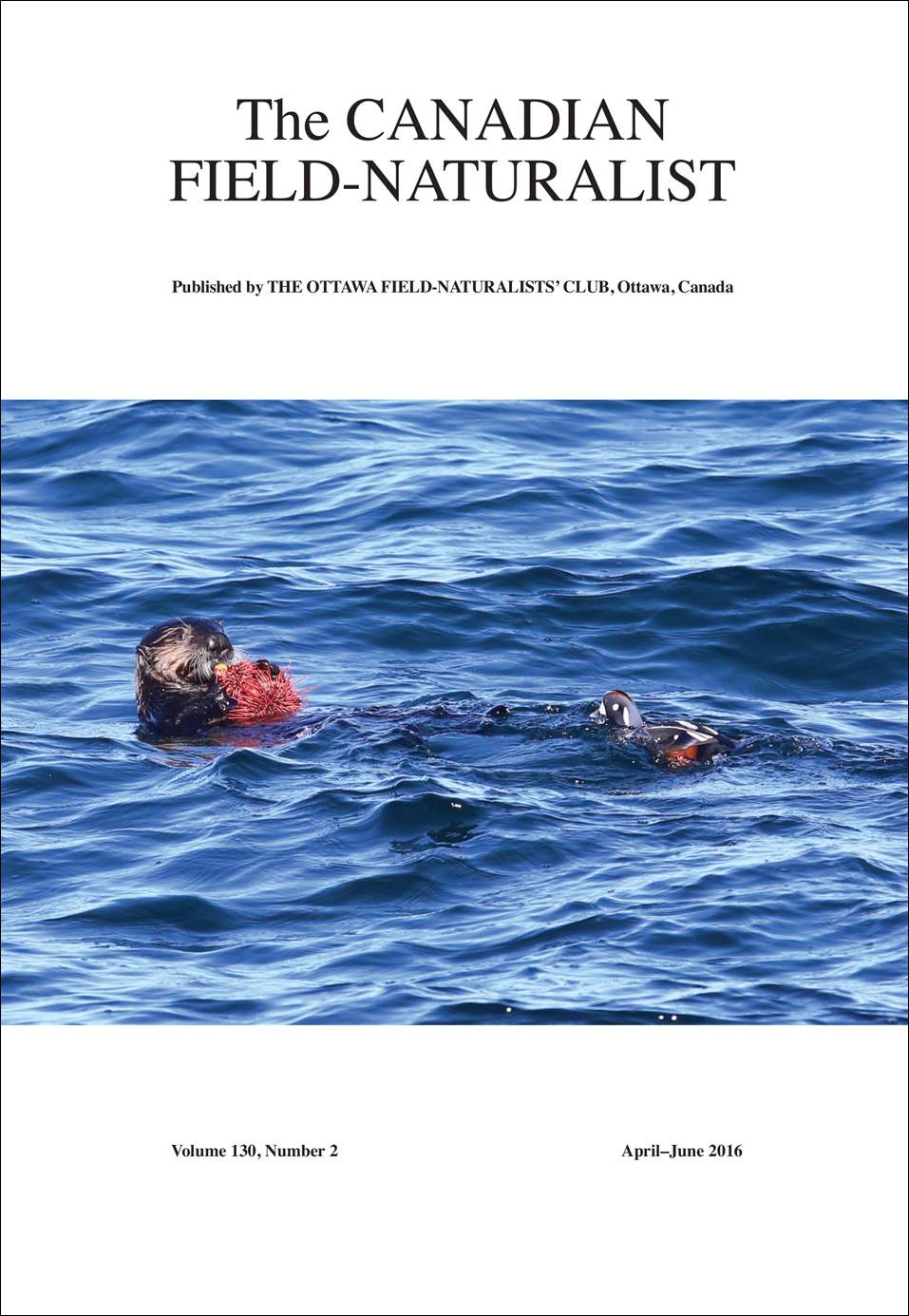Ancient Lake Maxima and Substrate-dependent Riverine Migration Have Defined the Range of the Mudpuppy (Necturus maculosus) in Southern Ontario Following the Wisconsinan Glaciation
DOI :
https://doi.org/10.22621/cfn.v130i2.1840Mots-clés :
Mudpuppy, Necturus maculosus, Great Lakes, Wisconsinan glaciation, colonization, distributionRésumé
The Mudpuppy (Necturus maculosus) is an entirely aquatic salamander whose geographic range is thus defined by immigration routes in watersheds that permit feasible travel. Significant barriers, such as large waterfalls, effectively bar this species from further colonization upstream. We compared the contemporary distribution of Mudpuppies in southern Ontario with varying post-glacial ancient lake maxima and riverine outlet-flow conditions. Topography does not appear to be a range-limiting factor, but the type of river grade (waterfalls versus riffles) does. The distribution of modern records of this species in Ontario aligns closely with maxima from the Nipissing phase occurring 4000–5000 years ago, leading us to suggest that this is when Mudpuppies invaded and proliferated in the Great Lakes Basin.Téléchargements
Publié-e
Numéro
Rubrique
Licence
Copyright for Canadian Field-Naturalist content is held by the Ottawa Field-Naturalists' Club, except for content published by employees of federal government departments, in which case the copyright is held by the Crown. In-copyright content available at the Biodiversity Heritage Library is available for re-use under a Creative Commons Attribution-NonCommercial-ShareAlike 4.0 (CC BY-NC-SA 4.0) licence. For usage of content at the BHL for purposes other than those allowed under this licence, contact us.
To request use of copyright material, please contact our editor, Dr. Dwayne Lepitzki: editor -at- canadianfieldnaturalist -dot- ca





